Everything you need to know about specifications and performance - Hyundai i10 2008 - 1.1 CRDi (75 Hp)
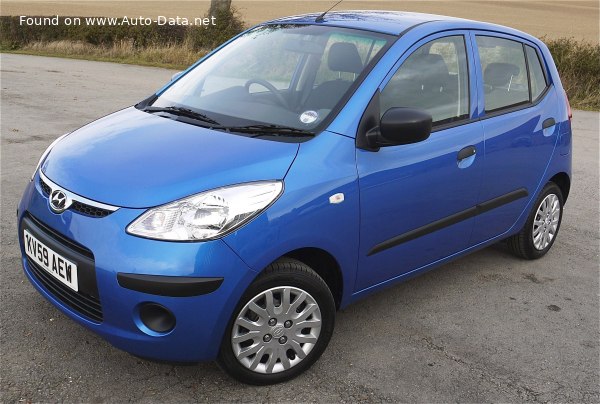
Overview:
What is the engine capacity of a Hyundai i10 2008?
The engine capacity of the Hyundai i10 2008 is 1120 cm.
Hyundai i10 2008 How many horsepower?
The engine power of the Hyundai i10 2008 is 75 Hp @ 4000 rpm..
What is the Hyundai i10 2008 engine?
Hyundai i10 2008 engine is D3FA. (Click to see other cars using the same engine)
How much gasoline does a Hyundai i10 2008 consume?
The Hyundai i10 2008 consumes 4.3 liters of gasoline per 100 km
What is the recommended oil for a Hyundai i10 2008 engine?
The recommended oil for a Hyundai i10 2008 car engine is 5W-30.
What type of camshaft transmission system is used in a Hyundai i10 2008 engine?
double row chain is used to transmit motion.
General:
Engine:
Performance:
Space:
dimensions:
Powertrain, Suspension and Brakes:
See also
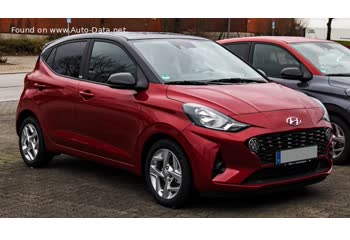
Last generation.
Its production began in 2020 until 2023
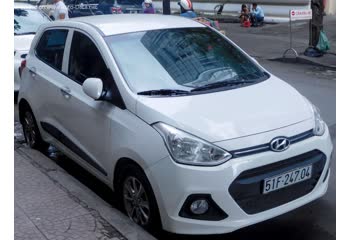
Other generation.
Its production began in 2013 until 2017
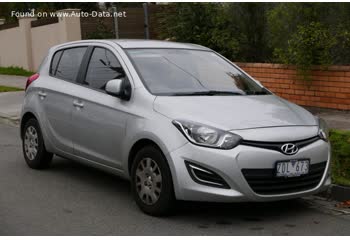
Same engine. (D3FA).
Its production began in 2012 until 2014
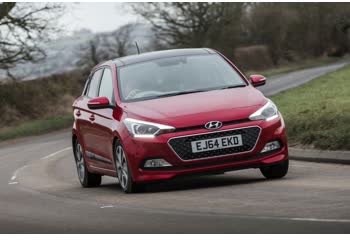
Same engine. (D3FA).
Its production began in 2014 until 2018
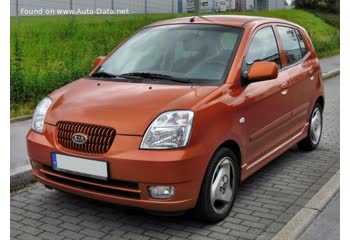
Same engine. (D3FA).
Its production began in 2006 until 2007
Write a comment